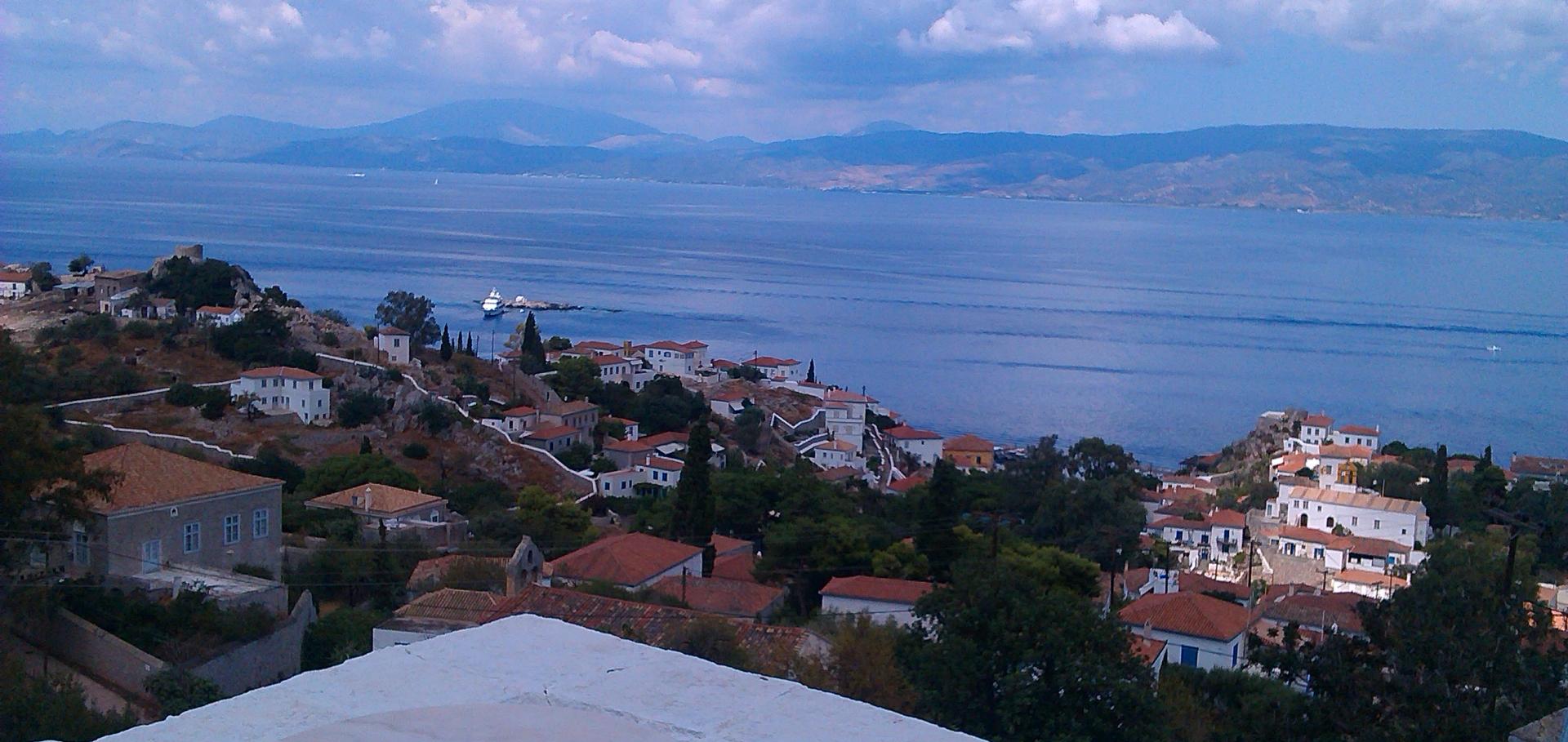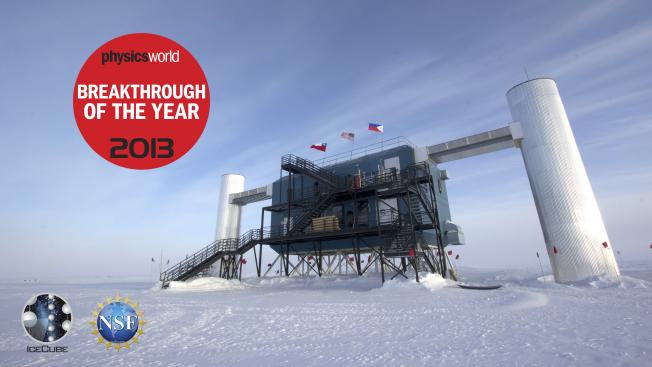Search for a diffuse flux of astrophysical muon neutrinos with the IceCube 59-string configuration
Physical Review D American Physical Society 89:6 (2014)
Abstract:
A search for high-energy neutrinos was performed using data collected by the IceCube Neutrino Observatory from May 2009 to May 2010, when the array was running in its 59-string configuration. The data sample was optimized to contain muon neutrino induced events with a background contamination of atmospheric muons of less than 1%. These data, which are dominated by atmospheric neutrinos, are analyzed with a global likelihood fit to search for possible contributions of prompt atmospheric and astrophysical neutrinos, neither of which have yet been identified. Such signals are expected to follow a harder energy spectrum than conventional atmospheric neutrinos. In addition, the zenith angle distribution differs for astrophysical and atmospheric signals. A global fit of the reconstructed energies and directions of observed events is performed, including possible neutrino flux contributions for an astrophysical signal and atmospheric backgrounds as well as systematic uncertainties of the experiment and theoretical predictions. The best fit yields an astrophysical signal flux for νμ+ν̄μ of E2·Φ(E)=0.25×10-8GeVcm-2s-1sr-1, and a zero prompt component. Although the sensitivity of this analysis for astrophysical neutrinos surpasses the Waxman and Bahcall upper bound, the experimental limit at 90% confidence level is a factor of 1.5 above at a flux of E2·Φ(E)=1.44×10-8GeVcm-2s-1sr-1.AMS-02 data confronts acceleration of cosmic ray secondaries in nearby sources
ArXiv 1402.0855 (2014)
Abstract:
We revisit the model proposed earlier to account for the observed increase in the positron fraction in cosmic rays with increasing energy, in the light of new data from the Alpha Magnetic Spectrometer (AMS-02) experiment. The model accounts for the production and acceleration of secondary electrons and positrons in nearby supernova remnants which results in an additional, harder component that becomes dominant at high energies. By fitting this to AMS-02 data we can calculate the expected concomitant rise of the boron-to-carbon ratio, as well as of the fraction of antiprotons. If these predictions are confirmed by the forthcoming AMS-02 data it would conclusively rule out all other proposed explanations, in particular dark matter annihilations or decays.AMS-02 data confronts acceleration of cosmic ray secondaries in nearby sources
(2014)
Letter of Intent: The Precision IceCube Next Generation Upgrade (PINGU)
ArXiv 1401.2046 (2014)
Abstract:
The Precision IceCube Next Generation Upgrade (PINGU) is a proposed low-energy in-fill array of the IceCube Neutrino Observatory. Leveraging technology proven with IceCube, PINGU will feature the world's largest effective volume for neutrinos at an energy threshold of a few GeV, improving the sensitivity to several aspects of neutrino oscillation physics at modest cost. With its unprecedented statistical sample of low-energy atmospheric neutrinos, PINGU will have highly competitive sensitivity to $\nu_{\mu}$ disappearance, the $\theta_{23}$ octant, and maximal mixing, will make the world's best $\nu_{\tau}$ appearance measurement, allowing a unique probe of the unitarity of the PMNS mixing matrix, and will be able to distinguish the neutrino mass ordering at $3\sigma$ significance with less than 4 years of data. PINGU can also extend the indirect search for solar WIMP dark matter complimentary to the on-going and planned direct dark matter experiments. At the lower end of the energy range, PINGU may use neutrino tomography to directly probe the composition of the Earth's core. With its increased module density, PINGU will improve IceCube's sensitivity to galactic supernova neutrino bursts and enable it to extract the neutrino energy spectral shape.Big-bang nucleosynthesis
Chinese Physics C IOP Publishing 38:9 (2014) 090001



